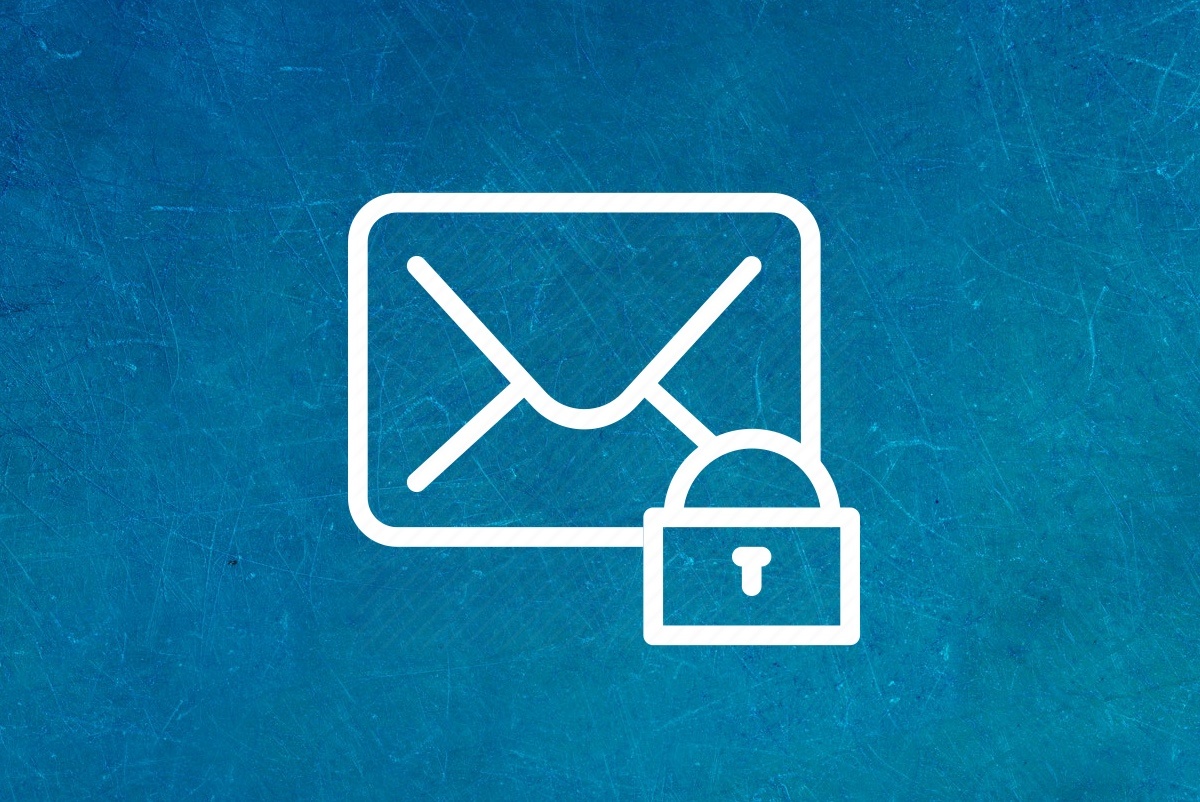Understanding Ransomware: Differences from Viruses and How to Protect Yourself
_1725499042.jpg)
Ransomware is an increasingly frequent and complex cyber threat. To defend effectively, it is crucial to understand what ransomware is, how it differs from traditional viruses, and the best strategies for protection.
What is Ransomware?
Ransomware is a type of malware designed to lock or encrypt a user’s data, making files inaccessible. Attackers then demand a ransom to provide the decryption key or restore access to the files.
How Ransomware Works
Ransomware typically follows these steps:
-
Infection: Ransomware is often distributed through phishing emails, compromised websites, or malicious downloads.
-
Data Encryption: Once installed, ransomware encrypts files on the victim’s computer using powerful algorithms.
-
Ransom Demand: Attackers display a message demanding payment of a ransom, usually in cryptocurrency, to obtain the decryption key.
-
Decryption (sometimes): If the ransom is paid, attackers may provide the key to decrypt the data, but this is not guaranteed.
Differences Between Ransomware and Viruses
Although the terms ransomware and virus are often used interchangeably, they refer to different threats:
Ransomware vs. Virus
-
Ransomware: Encrypts the user’s data and demands a ransom. The main objective is financial gain.
-
Virus: Infects and alters files on a computer, often to spread to other systems. Viruses can cause damage and disruption without demanding a ransom.
How to Protect Against Ransomware
Prevention is essential to avoid ransomware attacks. Here are the key measures to protect your systems and data:
1. Use Antivirus and Firewall
Install robust antivirus software and a firewall that can detect and block potential threats.
2. Regular Updates
Ensure that your operating system, software, and applications are up-to-date with the latest security patches.
3. Training and Awareness
Train users to recognize phishing signs and common attack techniques.
4. Regular Backups
Perform regular backups of your data to external drives or cloud storage. Ensure backups are stored offline or in a secure environment.
5. Security Policy
Develop and enforce a cybersecurity policy that includes incident response procedures.
Response in Case of a Ransomware Attack
If your system is infected, follow these steps to minimize damage:
-
Disconnect the System: Immediately disconnect the infected system from the network to prevent spread.
-
Notify Authorities: Report the incident to relevant authorities and your IT security team.
-
Analyze the Attack: Identify the type of ransomware and affected files to assess available options.
-
Do Not Pay the Ransom: Generally, it is advised not to pay the ransom, as it does not guarantee decryption and encourages attackers.
-
Restore from Backups: Use your backups to restore data and systems to a state before the attack.
Conclusion
Ransomware represents a serious threat to individuals and businesses. By understanding the differences from viruses and implementing robust protection strategies, you can reduce the risk of infection and protect your valuable data. Prevention and preparation are your best defenses against these cyberattacks.<button aria-label="Read Aloud"></button>



